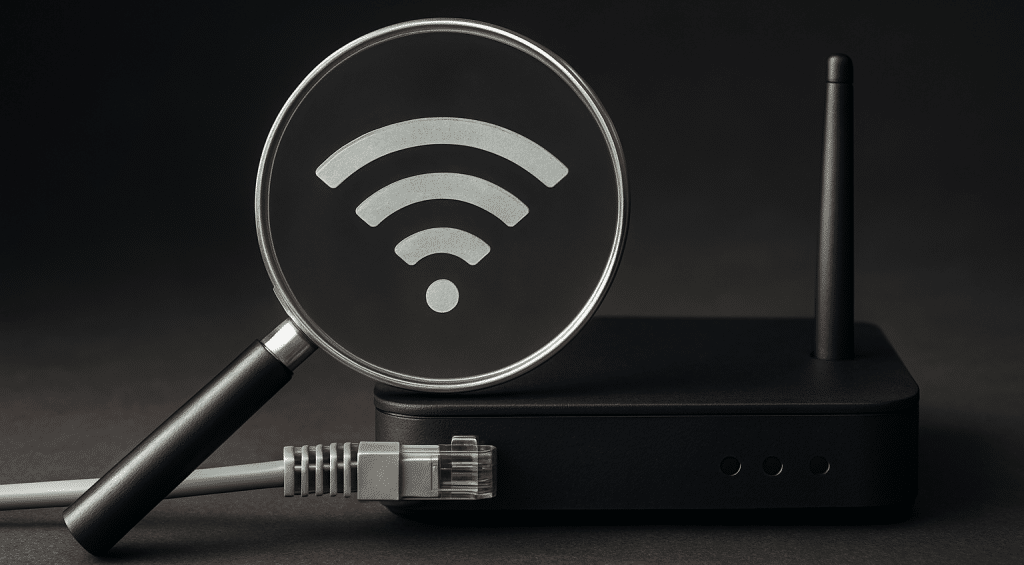The AWS Outage in Review: The Hidden Weak Links that Led to the Shutdown
On October 19, 2025, a major outage affected Amazon Web Services (AWS) systems in the Northern Virginia (US-East-1) region, disrupting countless web services across the US in a matter of moments. Though the bug was fixed, the wake of this massive interruption is still felt weeks later.
AWS provides a substantial amount of foundational infrastructure for internet services. It holds the largest share of the cloud infrastructure market, estimated at around 30% as of recent reports, with Microsoft Azure and Google Cloud following close behind. In addition, AWS hosts for at least 34% of the top 100,000 websites, and several high-traffic sites like Netflix rely on it for supporting their busier use-times.
Needless to say, AWS’s outage led to a ripple effect of issues from its start on the 19th to its resolution on the 20th. But just fixing the crash and moving on won’t prevent business from being affected by another one just like it in the future. It’s important to analyze what key parts of the AWS went down and why. By looking at the incident from top to bottom and finding out what weaknesses led to it, IT professionals can prepare for unexpected internet downtime by knowing how to counter these pain points in internet infrastructure.
The AWS Outage in Review: What Broke and Why
There were three major components that failed on the 19th which led to the wider AWS outage: DynamoDB, EC2, and NLB stress.
- DynamoDB Failure: Starting from 11:48 PM to about 2:40 AM (Pacific time) on October 19, a software bug in the system that manages internet addresses (DNS) for DynamoDB caused its main address to stop working. Apps that connect to DynamoDB were cut off along with many AWS dependent services.
- Dynamo DB Bug Led to Launch Failures in EC2: Many AWS services depend on DynamoDB, so when DynamoDB went down, systems that manage EC2 virtual servers also stopped working correctly. Existing servers kept running, but new servers failed to start for many hours. Full recovery from this was on October 20 at 1:50 PM.
- Server Startup Crashes led to Connection Problems in Network Load Balancer (NLB): Without proper network setups for new servers, the system that balances internet traffic, NLB, struggled. Several apps became extremely slow or unreachable until October 20 at 2:09 PM.
- Other AWS Services Affected: Many other AWS services that rely on DynamoDB, EC2, and NLB also broke temporarily during the outage such as:
- Lambda, which aids in serverless computing
- ECS/EKS/Fargate, overseeing containers
- Redshift, which powers data warehouses
- STS and IAM, housing security and login systems
- AWS Support Console and Amazon Connect, which involve customer support and call centers

Exposing the Weak Points Revealed by the AWS Outage
Despite the exhaustive reporting on what exactly failed during the AWS outage, it still leaves the question of what specific issues were there to begin with. Within the finer details of the outage, we can single out broader, overarching issues that led to the outage. Here are some of the critical infrastructure flaws throughout common US IT systems that allowed the AWS shutdown to have such a significant effect.
- Single-region dependency and DNS reliance: Most apps and business went down because dependencies were tied to one single region, US-East-1. The DNS was a weak link for AWS that led to a wider spread of crashes.
- Network congestion and load balancer failures: The heavy traffic around the time of these routing failures meant that a large stream of activity was bottlenecked to a small amount of distributed routes, leading to severe slow-downs.
- Amazon Connect customer communications: Call centers and customer support were unreachable during the outage. With lines of communication cut, it took much longer to fix the situation than usual.
How Prestige is able to Counter the AWS Outage’s Weak Points:
Our company has a strong focus on being a stable and reliable partner during outages. Our approach to IT specifically addresses several of the issues that cropped up during the AWS failure:
- Route integrity priority prevents single-point AWS and DNS reliance: Prestige configures for BGP, RPKI, IRR, and ARIN as well as DNS. We focus on workload portability between cloud and on-prem infrastructure, preventing full dependency on AWS services.
- Multi-site & BGP routing solve network congestion and load-balancer failures: Our multiple routes spread the workload of internet traffic across carriers and regions to avoid single points of failure. Paired with high-performance networking through QoS, VXLAN, and EVPN, our methods maintain traffic control even under failures.
- Prestige TrueVoice avoids Amazon Connect communication downtime: Our TrueVoice service offers carrier-grade redundant VoIP with no single vendor dependency, keeping customer communication online even through outages.
Prestige Technology’s Focus on Proactive Maintenance:
Prestige has a proven track record during crisis outages. But what makes our company different is that instead of responding to situations like the AWS shutdown and then moving on like most other break-fix companies, we monitor and secure any weak links before they become an issue. Our team is always available and always ahead of the curve by being proactive instead of reactive when it comes to providing full IT coverage.
Reach out today to learn more about how Prestige can help you. When things go wrong or when things go right, Prestige Technology can help your company thrive.

